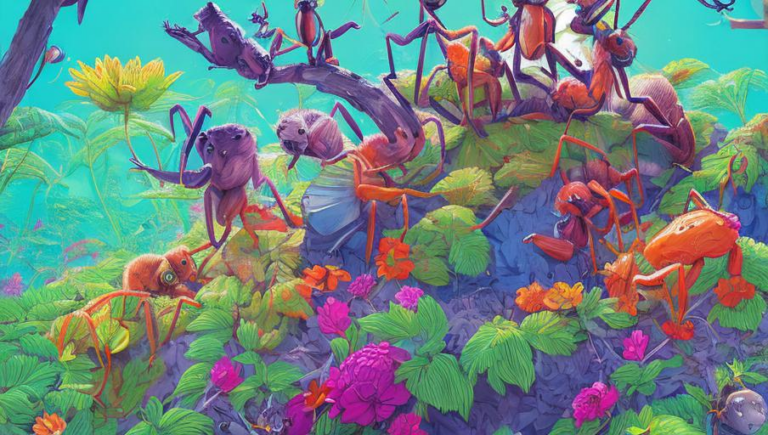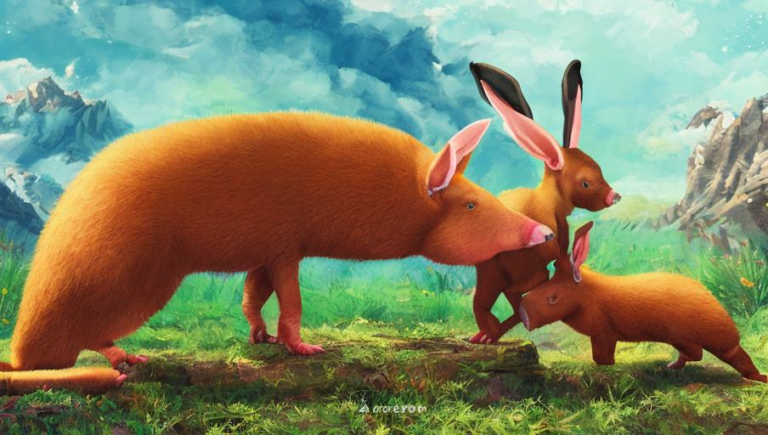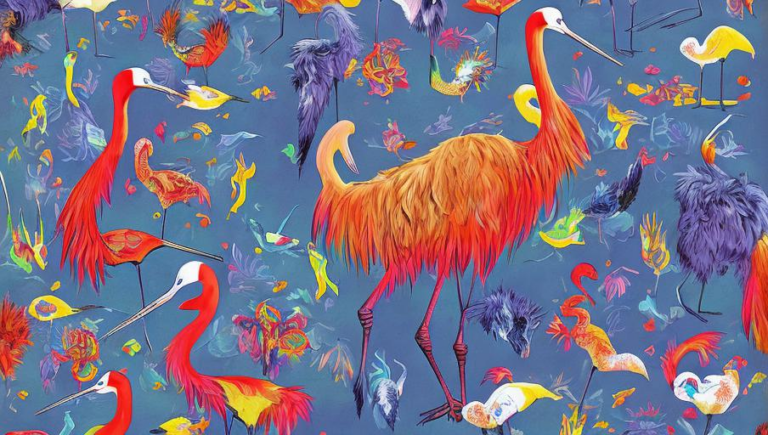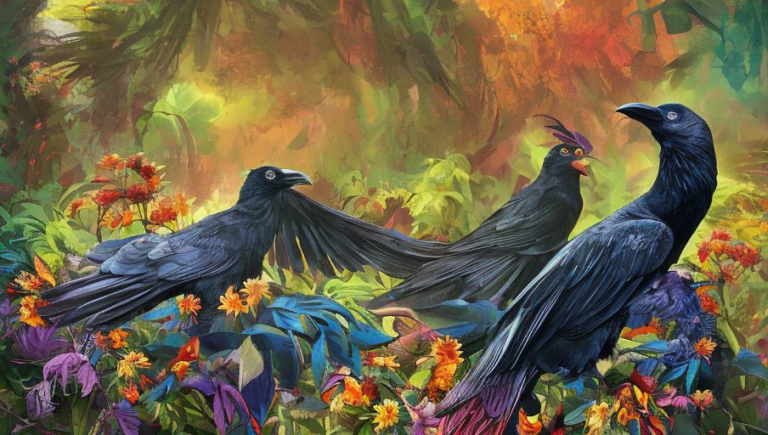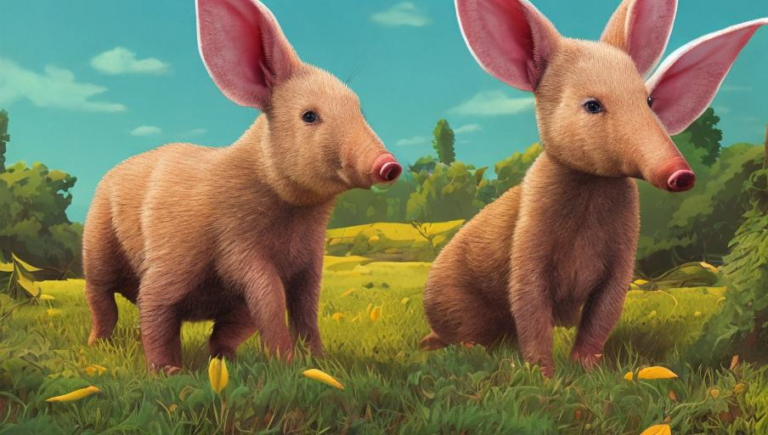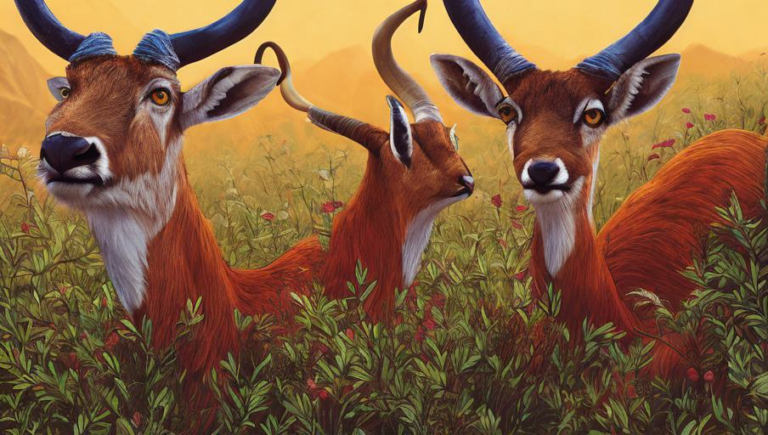Distinguishing Features of the Chamois
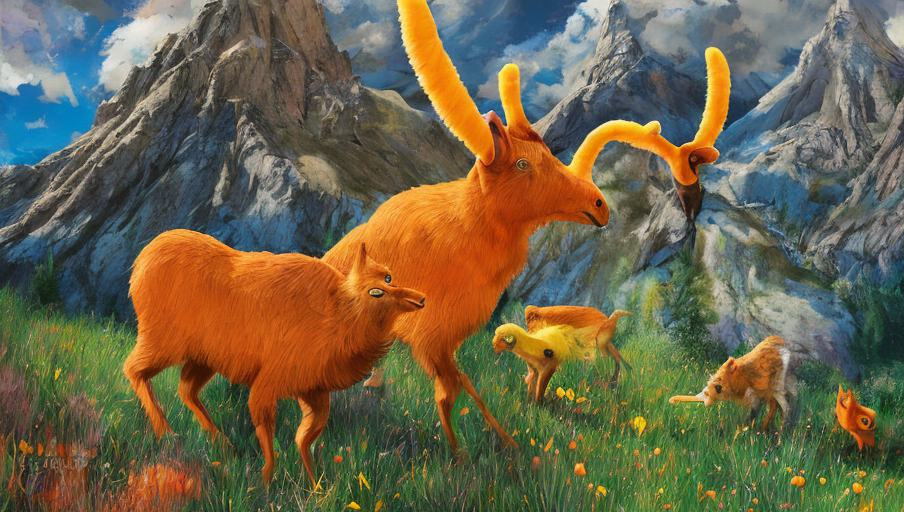
What is a Chamois?
The chamois is a type of goat-antelope, belonging to the bovine family and native to the mountains of Europe and Asia. They have a stocky build, with short legs and a thick, woolly coat. The coat is usually gray or brown in color, with a darker shade on the back and lighter color on the belly. They also have a white, V-shaped marking on the rump, which is used to distinguish them from other species. Chamois are also very agile and can climb steep, rocky slopes with ease.
Habitat and Behavior
Chamois typically inhabit alpine and woodland areas, where they can find food and shelter. They are most active during the day, when they graze on grasses, herbs and leaves. At night, they rest in sheltered spots, such as caves and crevices. They are also territorial animals, and males will often mark their territory with scent glands.
Reproduction and Lifespan
Chamois reach sexual maturity at around two-years-old and will mate during the summer months. Females give birth to one or two offspring after a gestation of around five months. The young are born with a full coat of fur and are able to walk within a few minutes of birth. Chamois can live up to 15 years in the wild.
Threats and Conservation
Chamois are hunted for their meat and fur, and their habitats have been greatly reduced due to human activities, such as livestock grazing and tourism. They are also threatened by predators, such as wolves and lynx, and the introduction of non-native species. As a result, their populations have declined in many areas. Conservation efforts are underway to protect the species, and in some areas hunting regulations have been put in place.
Conclusion
The chamois is a unique and fascinating species of goat-antelope that is native to the mountains of Europe and Asia. They have a thick, woolly coat that can vary in color, and they are very agile climbers. They inhabit alpine and woodland areas, where they graze on grasses, herbs, and leaves. They are also threatened by hunting, habitat destruction, and the introduction of non-native species. Conservation efforts are underway to protect the species and ensure its survival.
